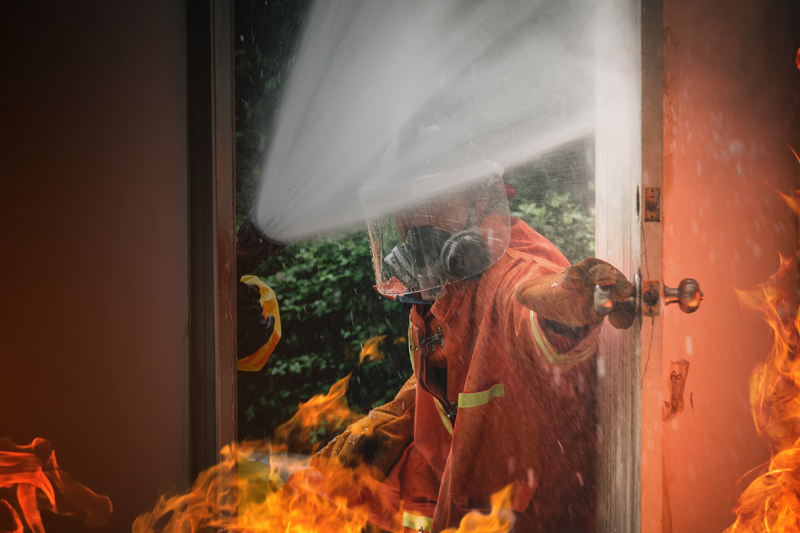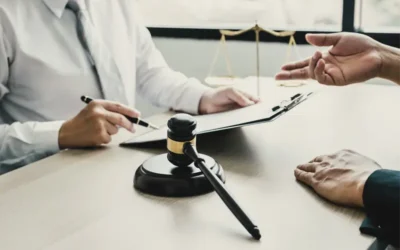The U.S Consumer Product Safety Commission (CPSC) says that more than 12,000 people are injured by fireworks each year. Almost 9000 of those people are admitted to ERs with serious injuries. Fireworks can cause injuries such as burns, fractures, lacerations, sight damage, and hearing loss among others. Just as in other injury cases, a firework injury claim will also involve procedures such as medical records analysis. Attorneys handling such cases utilize professional medical review services for a clear understanding of the injury and its impact on the victim.
The impact of a firework injury can be devastating and victims may have to suffer the consequences for many years. They may also require reconstructive surgery, effective therapy, and long-term care, all of which entail related medical documentation.
Firework Injuries May Be Compensable
The most common injuries sustained from fireworks are burn injuries. Since treatment and follow-up care can be very expensive, any kind of compensation will be supportive for the injured victim. Based on the circumstances of the accident, the victim may be able to file an injury claim. If another party is responsible for the accident, the victim may be entitled to compensation for medical expenses, loss of wages, and pain and suffering. If a firework accident occurs, liability may fall on the person handling the fireworks if he/she breached the duty of care and were reckless or negligent in some manner. The liable entity may be a private individual, a public agency, a private entity, or a product manufacturer.
Records Required for Medical Chart Review
The medical records relevant to a firework injury case are those related to generated during each phase of the treatment and care process. ER records, initial assessment and patient history, admission notes, surgery records, progress notes and discharge summary are among the various records analyzed by a medical review company. The medical documentation to be reviewed would necessary involve records related to the following.
- Evaluation of airway, breathing, circulation, disability, exposure, the severity of the injury and conscious level
- The cause of the injury and the time of the injury
- Any prior illnesses, therapy undergone, drug sensitivities and allergies
- Tetanus immunization status
- Associated injuries such as lacerations, fractures and internal injuries
- Evaluation of body surface area
- Analysis of the depth of the burn – first-degree, second-degree, third-degree, fourth degree; epidermal, superficial dermal, deep dermal
- Treatments provided such as surgery, grafting, reconstruction, amputation and so on
- Results of diagnostic tests such as blood, CXR, vital signs, X-rays, and cardiac monitoring
What Does the Medical Records Review Process Involve?
Medical record review for firework injuries is performed just as in the case of other injuries that involve damage, disability, pain and suffering. The first step is gathering all the relevant medical records, including records made by first responders and ER records. These records are then organized by date, time, provider and facility so that you get a clear timeline of the incidents. All essential details including the patient’s medical history, family and social history, and allergy information are provided for easy perusal and understanding. Dictated medical notes and interviews are accurately transcribed. Important data such as patient demographics, medical care provided, lab tests and imaging studies performed is extracted.
The records are reviewed in detail and a medical case summary is developed in a way that even those with a non-medical background such as attorneys and their legal teams, judge, and jury can follow easily. Hyperlinks and bookmarks are included in the review report and summary, which makes it easy for attorneys to navigate between the summary and the source medical record.
The final medical record review report is quality checked to ensure that there are no errors whatsoever. Missing records, inconsistent records, and duplicate records are all identified.
Is the Medical Review Process Difficult?
Yes, the review of voluminous medical records is time-consuming and tedious mainly because the medical data is typically unorganized when you receive it. A support service provider such as a medical record review company can assist attorneys with proper organization and management of the medical documentation. Since legal personnel are not trained on medical matters, they could find it really challenging to interpret medical jargon, handwritten notes, and medical abbreviations. Moreover, even now medical records are maintained in a hybrid category – with both electronic medical records and the traditional paper records.
That is why attorneys can consider medical review services to ease the review process and make it more efficient. With time-consuming work delegated to more efficient hands, they can prepare well for a successful deposition and trial. Based on the valuable medical evidence provided, attorneys can establish liability and damages and ensure that their clients receive fair compensation.




